Disclaimer: This blog post contains affiliate links. If you make a purchase through these links, I may earn a small commission at no additional cost to you. Learn More. Thank you for supporting our garden community.
5 Best Edible Flowers to Grow in Your Garden
If you are looking to add a touch of beauty and flavor to your garden, growing edible flowers is the perfect choice. Not only can they enhance the aesthetic appeal of your outdoor space, but they can also be a versatile and tasty addition to your culinary creations. In this article, we will explore the best edible flowers to grow, from easy-to-care-for varieties to those that pack a flavorful punch.
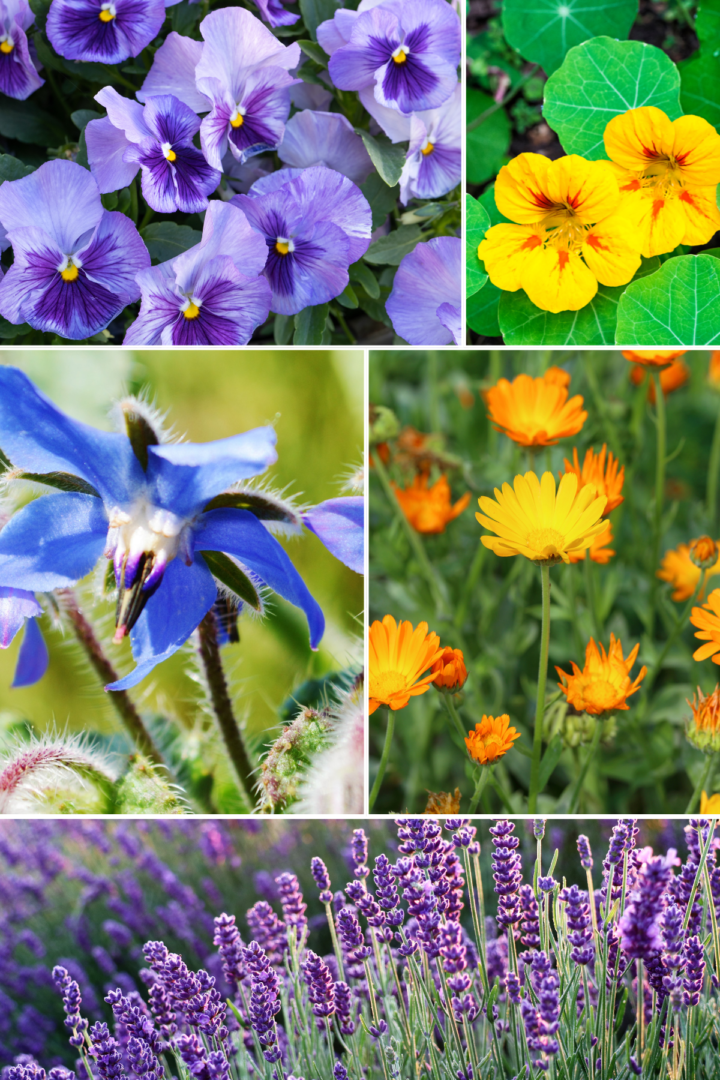
Edible flowers can add a lot to your garden, killing three birds with one stone: food, aesthetics, and attracting pollinators.
Best Edible Flowers to Grow
In this post, you will learn about the best edible flowers to grow in your garden, including nasturtiums, calendula, lavender, violas, and borage. Each flower is highlighted for its unique flavors, colors, and culinary uses, providing insights into how they can enhance various dishes.
This post also covers the growing conditions and care tips for each edible flower, making it easier for you to cultivate these plants successfully. By the end of the post, you will have a comprehensive understanding of how to incorporate these beautiful and flavorful edible flowers into your garden and culinary endeavors.

Why Grow Edible Flowers
Growing edible flowers not only adds a pop of color and beauty to your garden but also presents a unique opportunity to elevate your culinary creations. Edible flowers offer a fresh and flavorful twist to dishes, making them ideal for experimenting with new recipes and adding visual appeal to both homemade meals and professional dishes.
By cultivating edible flowers, you can enhance the aesthetics of your outdoor space while also enjoying the satisfaction of harvesting your own organic and fresh ingredients.
Additionally, growing edible flowers allows you to connect with nature and explore the diverse flavors and textures that these blooms bring to your table, fostering a deeper appreciation for the natural world and the culinary arts.
5 Best Edible Flowers to Grow in Your Garden
As we go through the list, consider each flower choice and the unique culinary uses and growing conditions. If any of the choices appeal to you and your garden, simply click on its name to buy seeds for the flower that you can plant in your garden.
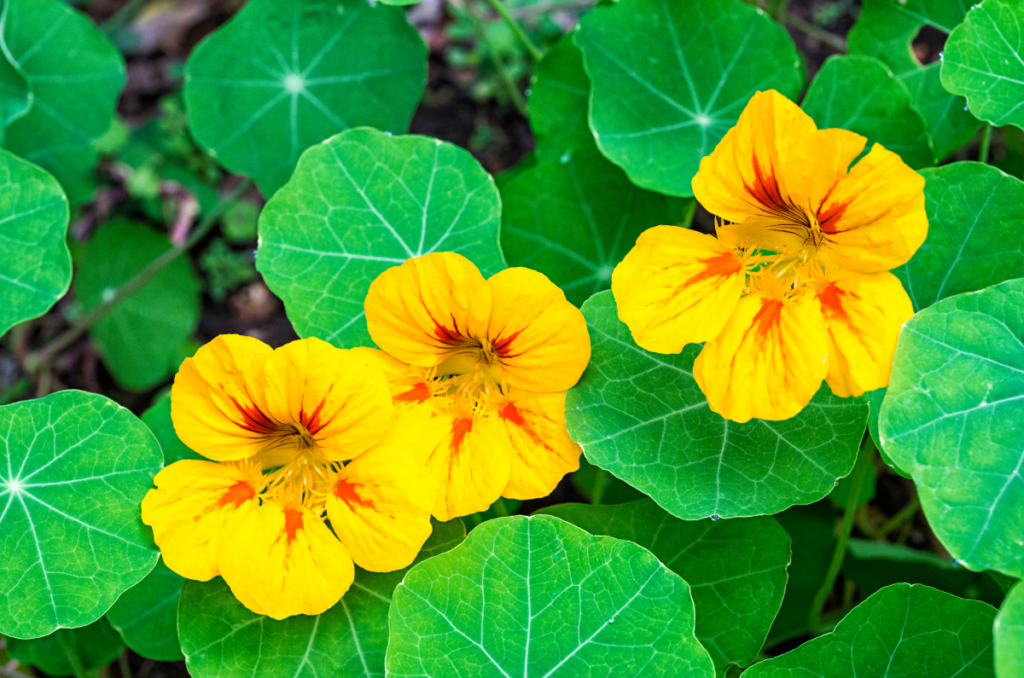
Nasturtiums
Nasturtiums are a popular choice for those new to growing edible flowers. These vibrant blooms come in shades of orange, red, and yellow and have a peppery flavor that adds a unique kick to salads and savory dishes.
Nasturtiums are easy to grow from seed and can be sown directly into the garden after the last chance of frost. They prefer sunlight but can tolerate partial shade, making them ideal for a variety of garden locations. Nasturtiums also do well in poor soil conditions, so there is no need to fertilize heavily.
They can be trained to climb trellises or allowed to spread and trail along the ground, creating a whimsical and colorful groundcover.
Check out our full nasturtium overview to learn more about them.
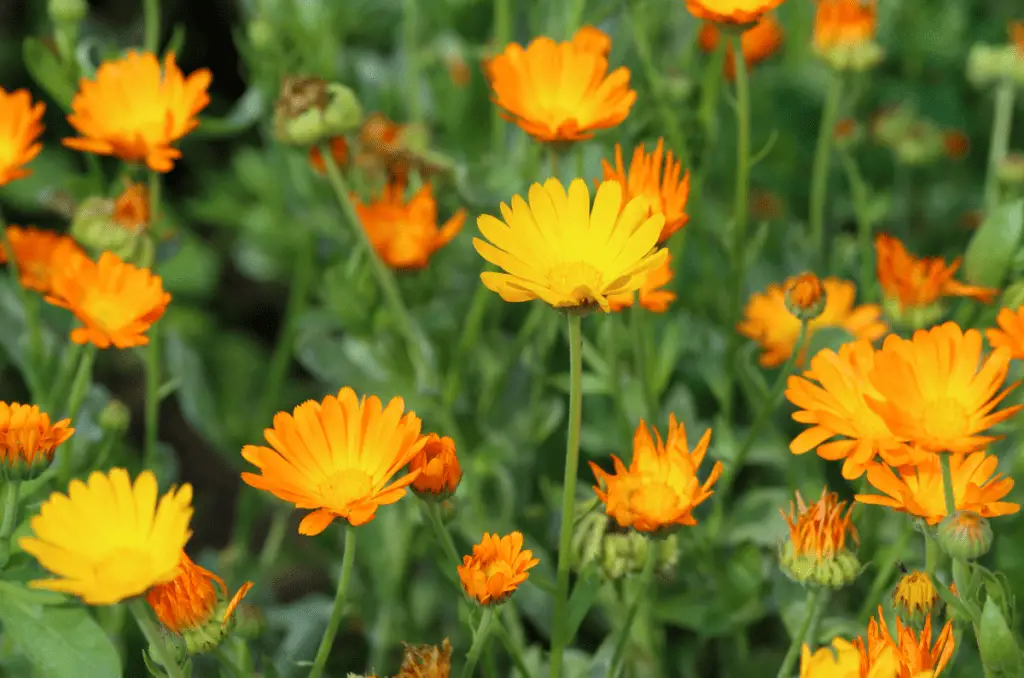
Calendula
Calendula, also known as pot marigold, is not only a beautiful addition to any garden but also a valuable culinary herb. Its bright yellow and orange petals have a slightly tangy flavor that works well in salads, soups, and teas. Calendula is easy to grow from seed and prefers full sun and well-drained soil.
Calendula seeds can be sown directly into the garden in early spring or started indoors four to six weeks before the last frost (I generally find that 6 weeks works better). They prefer full sun and soil that is well-drained and moderately fertile.
Water regularly, but ensure that the soil is not waterlogged, as this can lead to root rot. Deadheading spent blossoms can encourage longer blooming periods and improve plant appearance.
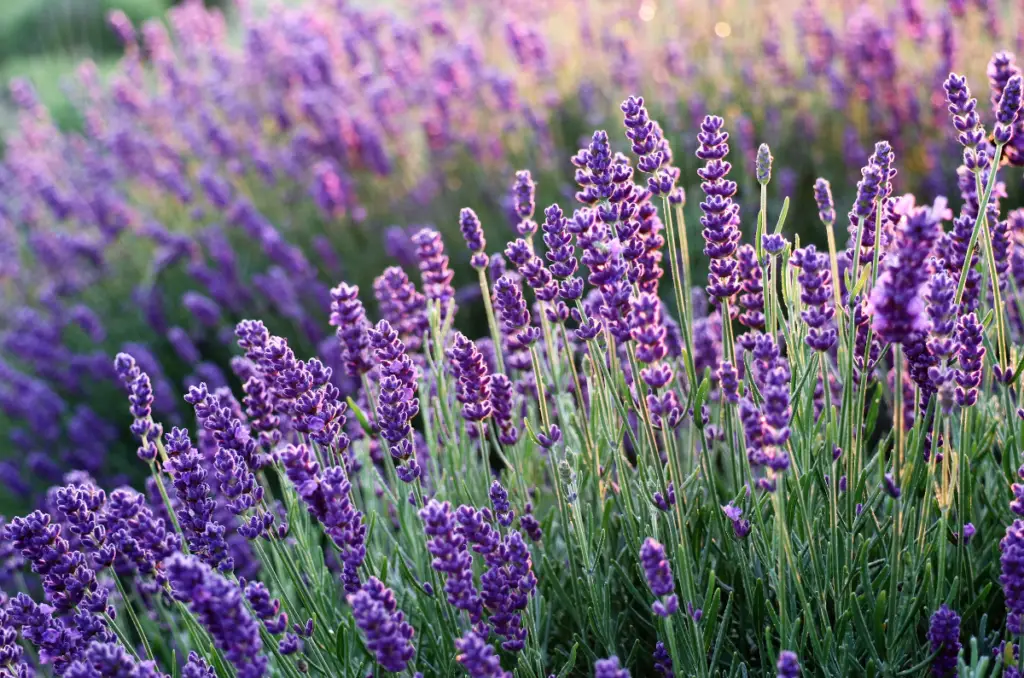
Lavender
Lavender is a classic choice for edible flowers, known for its soothing fragrance and delicate flavor. The flowers can be used in both sweet and savory dishes, from infused syrups and desserts to roasted meats and vegetables. Lavender thrives in sunny locations with well-drained soil and requires minimal maintenance once established.
Lavender is grown from seed or cuttings and requires full sun and well-draining soil with a pH between 6.0 and 8.0. Water sparingly once established, as lavender prefers dry soil conditions.
Lavender is a woody perennial, similar to rosemary, so pruning once a year after flowering can help maintain the shape of the plant and encourage regrowth. Lavender can be grown in pots or in the garden, but it’s important to allow for good air circulation to prevent issues with fungus or powdery mildew.
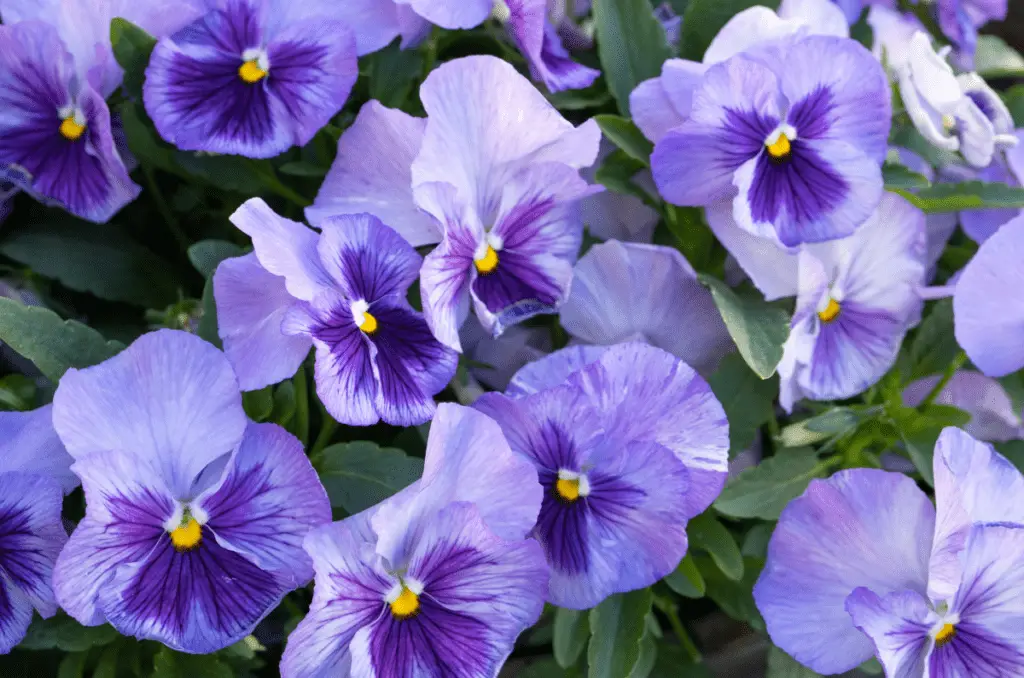
Violas
Violas, with their vibrant purple, yellow, and white petals, are not only visually stunning but also a delightful addition to salads, desserts, and cocktails. These dainty flowers are easy to grow from seed or nursery plants and prefer cool, moist conditions with partial sun.
Violas are easy to grow from seed and do well in partial shade or direct sunlight depending on the region. They prefer moist, well-draining soil that is slightly acidic. Violas benefit from regular fertilization, but avoid overcrowding them, as this can cause mildew and other diseases.
Deadheading spent blossoms can encourage a continued blooming period.
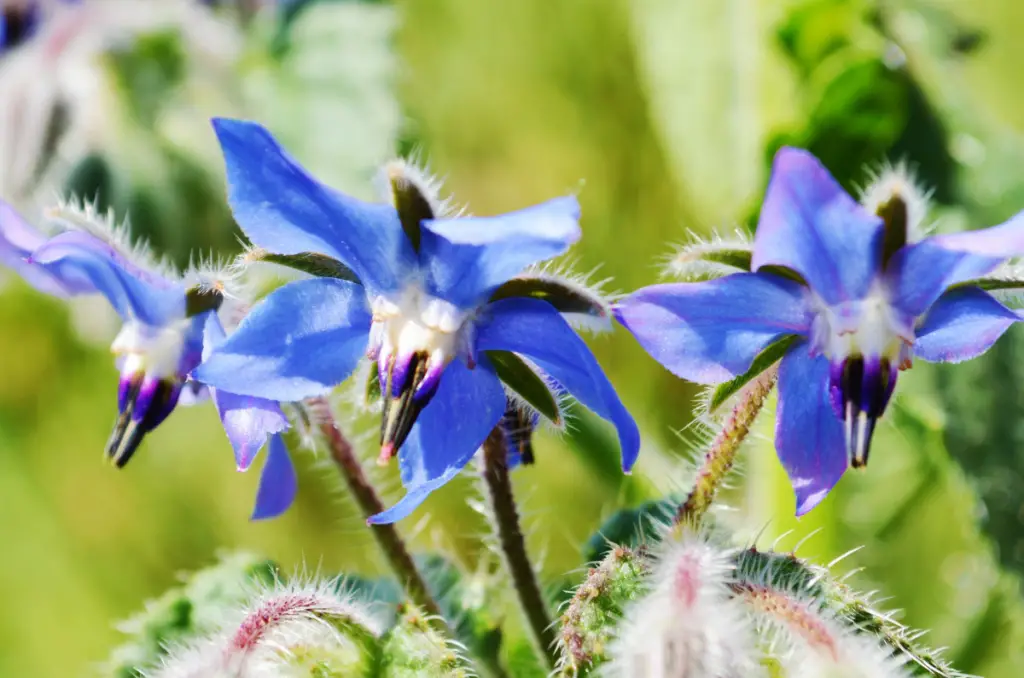
Borage
Borage is a unique edible flower with striking blue petals that have a mild cucumber flavor. The flowers can be used in salads, drinks, and desserts, adding a refreshing twist to your dishes. Borage is a hardy herb that thrives in full sun and well-drained soil, making it a resilient addition to any garden.
Borage can be grown from seed and prefers full sun and well-draining soil. Avoid overwatering, as borage prefers dry soil conditions and is drought-resistant. Keep plants spaced out to prevent overcrowding and encourage good air circulation.
Borage is self-seeding, making it easy to maintain from year to year.
Edible Flowers Variety Pack
SeedsNow carries an All-in-One Edible Flower Variety Pack that contains 15 different edible flowers that you can grow in your garden. Some flowers are also included on my list, while others are choices of their own.
Impress your friends and family by adding some vibrant edible flowers to salads, pastries, or drinks. These colorful blooms will not only enhance the visual appeal of your dishes but also attract beneficial pollinators to your garden. By growing these flowers in your garden, you can enjoy their fragrant and delicious blooms while contributing to the well-being of pollinators like bees, butterflies, and ladybugs.
Each flower variety seeds come individually packaged in its own high-quality, re-sealable, moisture-proof seed packet.
To purchase this offer, click the following link: All-in-One Edible Flower Variety Pack.
Frequently Asked Questions
Edible flowers can be used in a variety of ways in the kitchen. Here are a few ideas:
Add them to salads: Edible flowers can add a pop of color, flavor, and nutrients to your salads.
Use them as garnishes: Edible flowers can be used to garnish soups, stews, cocktails, and desserts.
Make them into candied flowers: Candied flowers are a beautiful and delicious way to add a floral touch to cakes, cookies, and other treats.
Infuse them into vinegar or oil: Edible flowers can be infused into vinegar or oil to create a flavorful dressing or condiment.
When harvesting edible flowers, it’s important to follow a few simple tips:
1. Harvest flowers in the morning, after the dew has dried but before the heat of the day.
2. Use sharp scissors or pruners to cut the flowers just below the blossom.
3. Only harvest flowers from plants that you know are safe to eat.
Yes, many edible flowers can be grown in containers and grow bags. Just be sure to choose a container that is large enough for the plant to mature and that has drainage holes.
The sun requirements for edible flowers will vary depending on the specific type of flower. Some edible flowers, such as pansies and violas, prefer cool-season weather and partial shade. Others, such as nasturtiums and sunflowers, prefer full sun.
Even More Gardening Ideas
Here are a few more posts to get the ball rolling in your garden!
Products
For all-purpose organic fertilizers, check out Arber.
To buy organic, non-GMO garden seeds, check out SeedsNow.
For a wide selection of garden plants, check out Nature Hills Nursery.
For gardening equipment, check out Bootstrap Farmer.
Conclusion
In conclusion, growing edible flowers can be a rewarding and enjoyable experience for gardeners of all skill levels. By choosing the best edible flowers to grow, such as nasturtiums, calendula, lavender, violas, and borage, you can elevate your culinary creations and enhance the beauty of your garden.
Remember to research each flower’s specific growing requirements and enjoy experimenting with different flavors and textures in your dishes. Happy gardening and happy cooking!
If you want to learn more about gardening, foraging, nature, and sustainability, check out The Real Gardener on Instagram, YouTube, and Pinterest.
This post was linked to in Ridge Haven Homestead’s Homestead Blog Hop 504, Create-It Link Party 349, and Create With Joy’s Inspire Me Monday Blog Hop 578. Check them out to learn more!
Pin this post for later:
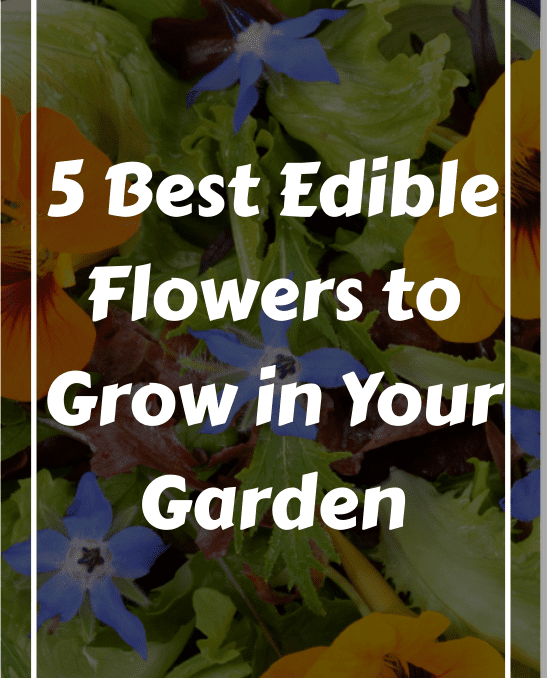
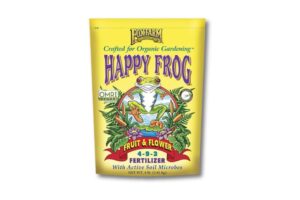
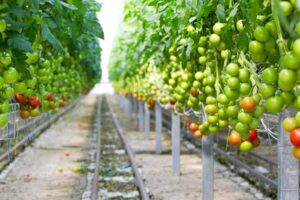
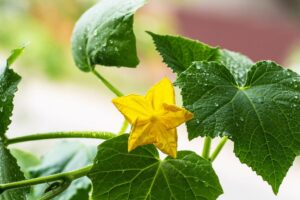
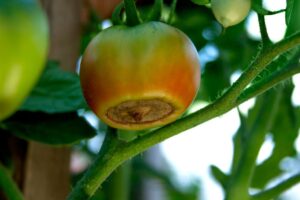
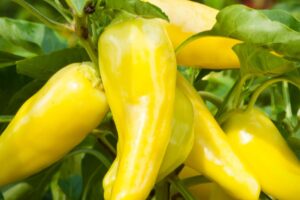
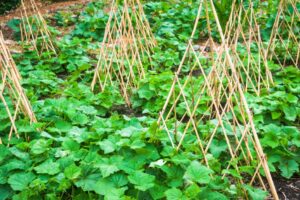

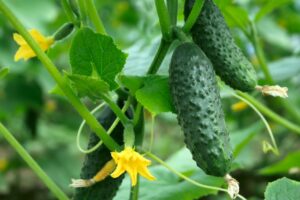

Really enjoyed this post! I already have violas and lavender. Pinning!
Thank you so much Michelle, I am glad you liked it. Please take a look around my site for more information. Thanks!